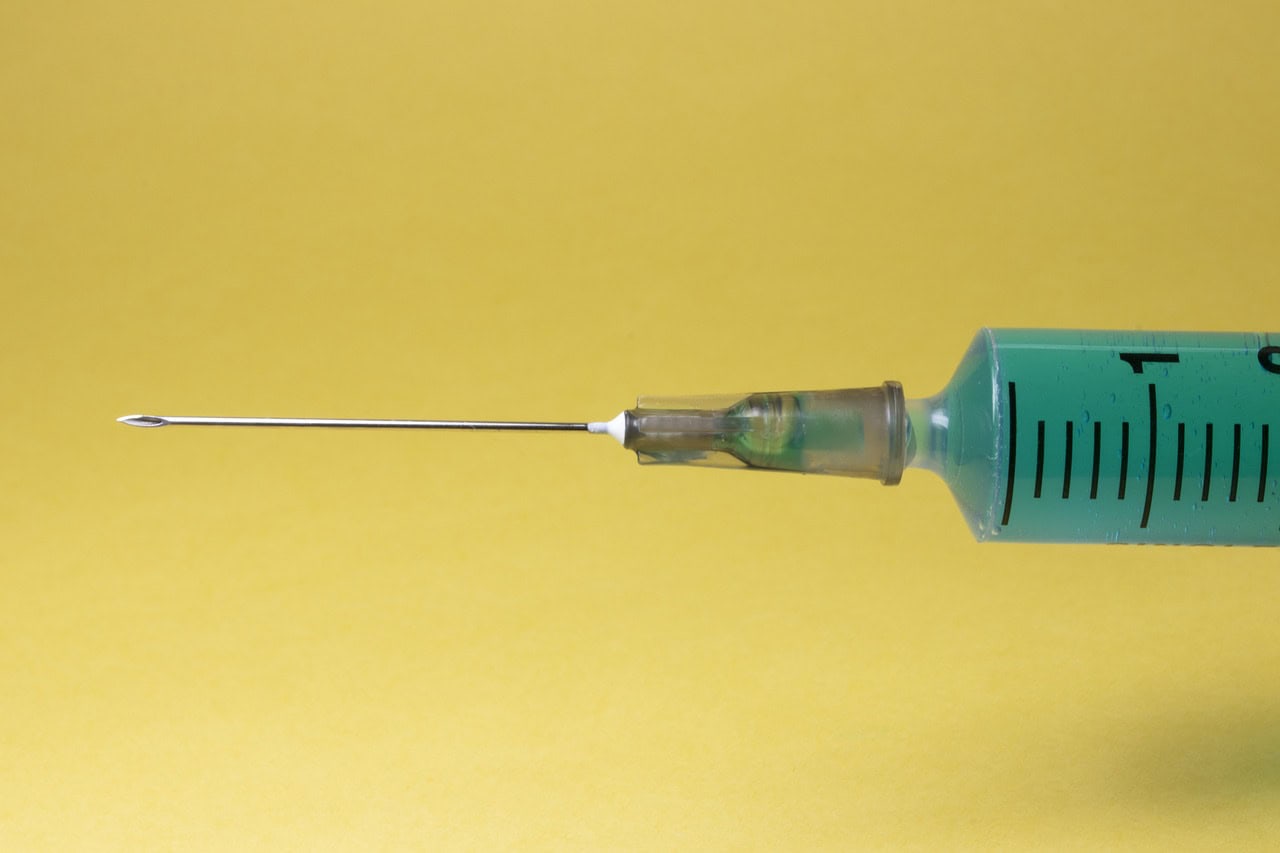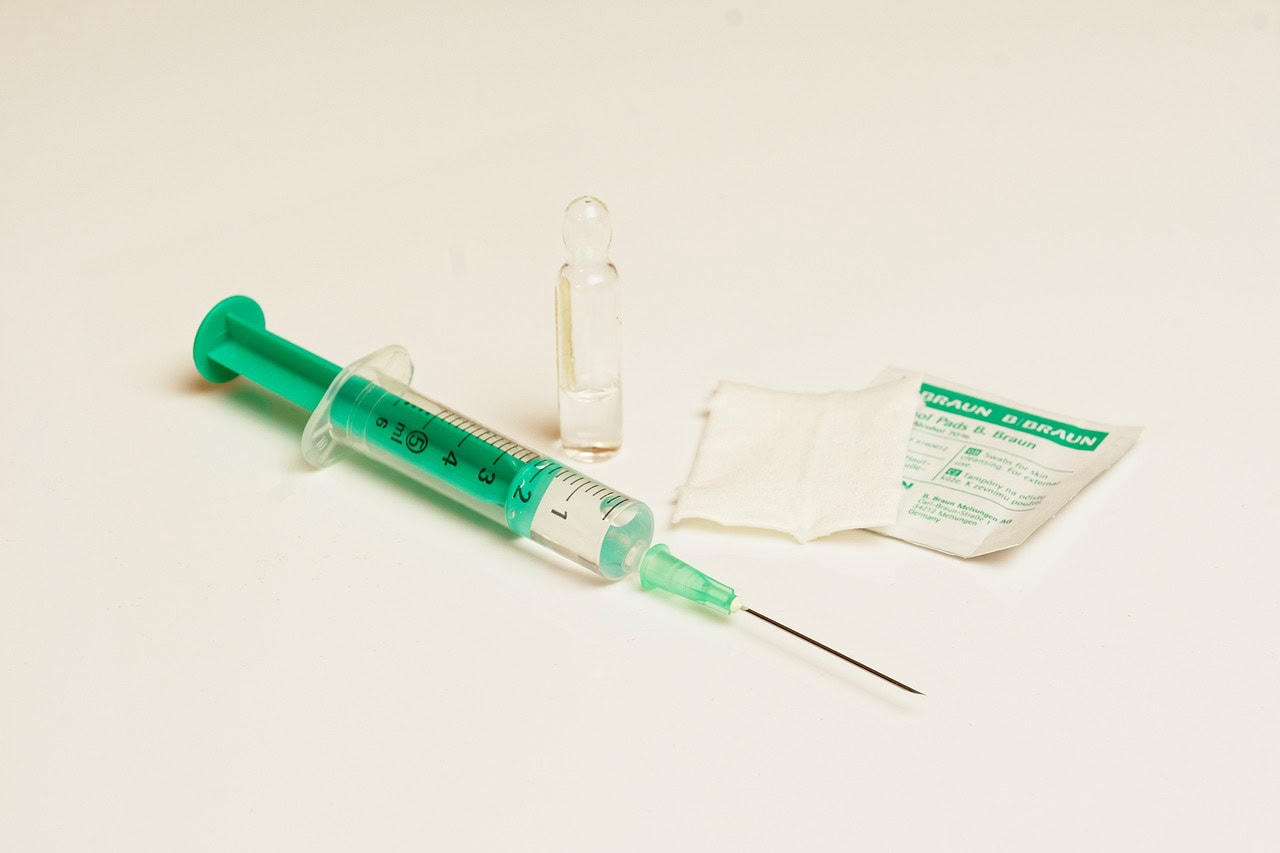
I recently wrote about the weight loss drug taking the world by storm known as Ozempic. This medication is commonly used to manage type 2 diabetes and has garnered significant attention for its efficacy in helping with weight loss. Along with the positives, there are also reports of its potential side effects and how it interacts with the body over time. One of the most frequently asked questions about Ozempic is, “How long does Ozempic stay in your system?” Understanding the science behind Ozempic can help users and healthcare providers make informed decisions about its use, manage expectations, and optimise its benefits.
As always, before undertaking any kind of weight loss or lifestyle change, it is always best to speak to a medical professional who is best suited to give personalised advice on your individual health needs. The information in this article is as accurate and up-to-date as possible at the time of writing. These medications are ever-developing, and information is always changing. Please check all information for accuracy. This blog post does not constitute medical advice.
Understanding Ozempic: What Is It?
The Basics of Ozempic
Ozempic is the brand name for semaglutide, a glucagon-like peptide-1 (GLP-1) receptor agonist. It is manufactured by Novo Nordisk and is administered via a once-weekly injection. Ozempic is designed to improve blood sugar control in adults with type 2 diabetes and has great success. Beyond its primary indication, it has also shown promise in promoting weight loss, which has broadened its appeal and application causing a boost in popularity. We are constantly hearing in the news of celebrities taking it and it’s hard not to become curious!
How Does Ozempic Work?
Ozempic works by mimicking the action of GLP-1, a hormone that plays a critical role in glucose metabolism. GLP-1 stimulates insulin secretion, inhibits glucagon release, slows gastric emptying, and promotes satiety. It makes sense why this would help with weight loss! These combined effects help lower blood glucose levels and support weight management. It targets GLP-1 receptors to exert its effects on the body.
Pharmacokinetics of Ozempic
Pharmacokinetics is a fancy way of referring to how a drug is absorbed, distributed, metabolised, and excreted by the body. To answer how long does Ozempic stay in your system we need to understand these processes as they are crucial for determining how long a drug stays in the system.
Absorption
Ozempic is administered subcutaneously, which means it is injected under the skin, typically in the upper arm, thigh, or abdomen. After injection, semaglutide is absorbed slowly into the bloodstream. The absorption process from this method is relatively slow compared to oral medications, which contributes to its prolonged action and the convenience of once-weekly dosing.
Distribution
Once Ozempic reaches the bloodstream, semaglutide is then distributed throughout the body. Binding to plasma proteins this helps it stay in the bloodstream longer and prolongs its effects. The distribution phase is characterised by the gradual dissemination of the drug to various tissues and organs where it exerts its therapeutic effects.
Metabolism
Semaglutide is metabolised by different metabolic pathways which then break down semaglutide into smaller, inactive fragments that are easier for the body to eliminate.
Excretion
The excretion of semaglutide is predominantly through the kidneys, with a smaller portion excreted via the intestines. The drug has a long half-life, which is necessary for a once-a-week dosing. Due to this, it remains active in the body for an extended period.
Half-Life of Ozempic
When we talk about half-life of a drug we are reffering to the the time it takes for the concentration of the drug in the bloodstream to decrease by half. Ozempic has a half-life of approximately seven days. The long half-life means that semaglutide remains in the system and continues to have pharmacological effects for a significant duration after administration. After a single dose, it takes about five half-lives for the drug to be eliminated from the body. Therefore, Ozempic can stay in the system for up to five weeks after the last dose.
Factors Influencing How Long Does Ozempic Stay in Your System
Several factors can influence how long Ozempic remains in the system, including the dosage. Higher doses may take longer to be fully metabolised and excreted compared to lower doses. The frequency is another factor. Regular, weekly use of Ozempic can lead to steady-state levels, where the drug’s input equals its elimination. This steady state can affect how long the drug remains detectable in the system after the last dose. Of course, individual variability is another factor for consideration: age, body weight, body mass index (BMI), kidney function, and liver function. For example, individuals with impaired kidney function may experience a longer duration of action due to slower excretion rates.
Drug Interactions To Consider
Like with any drug interactions with other medicatons you may be taking is an important factor. Different medications and substances can interact with Ozempic and affect its metabolism and excretion. This is why it’s essential to discuss all medications and supplements with a healthcare provider to understand potential interactions that could occur.
Monitoring and Managing Ozempic Levels
Regular Monitoring
It is essential for individuals taking Ozempic to have regular monitoring of blood glucose levels. It is crucial to ensure the medication is working effectively and not impacting you negatively. Healthcare providers may also look to monitor kidney and liver function periodically, as these organs play a significant role in drug metabolism and excretion.
Side Effects and Adverse Reactions
Understanding how long Ozempic stays in the system can help manage and anticipate any side effects. Common side effects include nausea, vomiting, diarrhoea, and constipation. Serious side effects may include symptoms of low blood sugar, kidney problems, and possibly even thyroid tumours. In rare cases, more severe reactions such as pancreatitis, gallbladder problems, or serious allergic reactions may occur. Knowing the duration of the drug’s presence in the system can aid in addressing these issues promptly. Make sure to monitor any side effects you have and notify your health provider.
Discontinuation
If Ozempic needs to be discontinued, it’s important to understand that its effects will persist for several weeks due to its long half-life. Gradual tapering under medical supervision may be necessary to avoid abrupt changes in blood glucose levels. You shouldn’t make any attempts to stop medications without prior discussion with a healthcare provider to be safe anyway.
Clinical Trials and Studies
Like with most things, Ozempic has been used in a number of different trials and tests. Clinical trials and studies have been integral in understanding the efficacy and safety of Ozempic. These studies have demonstrated its effectiveness in lowering blood sugar levels and aiding weight loss, making it a valuable option for diabetes patients. Clinical trials have also highlighted the potential benefits and risks, including adverse events and serious warnings such as the risk of thyroid tumours. Of course, long-term use hasn’t been rigorously tested, which is why it is important to make sure you are regularly discussing your situation with a healthcare professional.
Possible Cardiovascular Benefits
Recent clinical studies have shown that Ozempic can potentially reduce the risk of major cardiovascular events, such as heart attack and stroke, in patients with type 2 diabetes and established cardiovascular disease. This makes Ozempic a valuable medication not only for glucose control but also for its potential benefits in heart disease management.

Practical Considerations for Ozempic Use
Storage and Handling
Proper storage and handling of Ozempic are essential to maintain its efficacy. The medication should be stored in the refrigerator and protected from light. Once opened, it can be kept at room temperature for a limited time as specified by the manufacturer. Always refer to the label for the most up-to-date advice on storage.
Injection Technique
Correct injection technique is vital to ensure the medication is absorbed properly. Rotating injection sites can help prevent skin irritation, but this isn’t always necessary.
Off-Label Use and High Demand
Weight Loss
Although Ozempic is primarily indicated for type 2 diabetes, it has also been used off-label as a weight loss medication. This off-label use has contributed to the high demand for Ozempic, as many individuals seek its benefits for weight management and reduction of excess weight. Clinical trials have supported its efficacy in promoting weight loss, further increasing its popularity as a weight loss drug. There have been instances where Ozempic was difficult to source, but stock levels seem to be more stabilised now.
High Blood Pressure and Other Conditions
Ozempic may also have potential benefits for conditions such as high blood pressure, although more research is needed to confirm these effects. Its role in managing high blood sugar levels and promoting weight loss can indirectly improve other health conditions, making it a multifaceted medication and why it really could be the ‘wonder drug’ it is often referred to.
Potential Risks and Serious Warnings
Boxed Warning for Thyroid Tumors
Ozempic carries a boxed warning for potential thyroid tumours. Patients with a personal or family history of medullary thyroid carcinoma (MTC) or Multiple Endocrine Neoplasia syndrome type 2 (MEN 2) should not use Ozempic. This serious warning highlights the importance of thorough medical evaluation and history-taking before starting the medication. Before you begin Ozempic, a healthcare professional will do a full evaluation to make sure it is suitable. This is why it is essential to only purchase through the correct channels to ensure you are in the best hands.
Serious Allergic Reactions and Hypersensitivity
As with all drugs, severe allergic reactions to Ozempic, such as anaphylaxis, can occur. Patients should seek immediate medical help if they experience symptoms like swelling of the face, lips, tongue, or throat or difficulty breathing. Hypersensitivity reactions, though rare, are critical to recognise and manage promptly.
Kidney and Gallbladder Problems
Patients with a history of kidney disease or gallbladder problems should use Ozempic with caution. Your healthcare professional should explain this before you begin treatment. The medication can exacerbate these conditions, and regular monitoring is essential to prevent complications. Symptoms such as severe abdominal pain, persistent nausea, and jaundice should be reported to a healthcare provider immediately.
Conclusion – How Long Does Ozempic Stay In Your System?
Ozempic (semaglutide) is a powerful tool in the management of type 2 diabetes, offering the convenience of once-weekly dosing and significant benefits in blood glucose control and weight management. Understanding how long Ozempic stays in the system—up to five weeks after the last dose—can help patients and healthcare providers optimise its use, manage side effects, and ensure the best possible outcomes.
As with any medication, individual responses to Ozempic can vary, and ongoing communication with healthcare providers is crucial to tailor treatment to each person’s unique needs.
If you want further support and company on your weight loss journey, join my free Facebook Group here. Oh, and if you have found this website and articles useful and you’d like to know how you can say thank you, then I am always appreciative of receiving a virtual coffee here.
Thank you for stopping by! Check out my last post here.
Love as always!
 More From Me
More From Me
Want to find out more about me? Head over to this page. If you like reading posts like this, then you might want to follow me over on Bloglovin. Don’t forget you can find me on Instagram, Facebook, Twitter & YouTube. As always, my words, views and opinions are honest and my own. Links marked with “*” are affiliate links. This does not cost you anything additional, but it may mean I earn a small percentage from any sales. For more information about any of these, please head over to this page.









